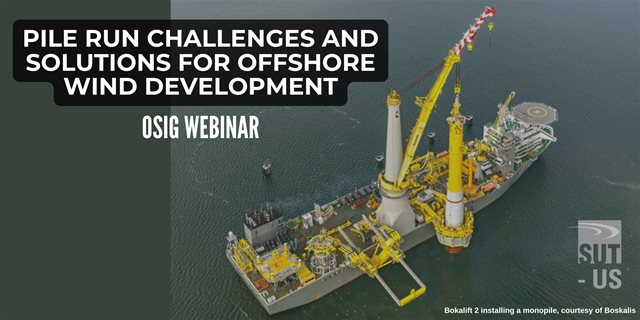|
|
Webinar Session Program
7:00AM-
7:10AM
CST |
Welcome and Introduction to SUT US and OSIG
Zack Westgate - Associate Professor, UMass Amherst - SUT-US OSIG Chair |
7:10AM-
7:20AM
CST |
Speaker Introduction
Federico Pisanò - Manager Offshore Wind USA, NGI Boston |
7:20AM-
7:50AM
CST |
Avoiding pile free fall in offshore design
Carl Erbrich, Technical Director, Fugro
Pile free-fall is a hazard to successful foundation design in the offshore environment. Simplistically, pile free-fall is considered a risk when a ‘hard layer’, sufficient to support the self-weight of a pile is underlain by a ‘soft layer’ which cannot. Once the pile is driven through the ‘hard layer’ it then drops uncontrollably (‘free-falls’) until eventually the soil strength has increased sufficiently to arrest the fall. This talk will reveal more complex behavior, where soil with no obvious ‘hard over soft’ stratigraphy still results in uncontrollable free-fall. The applicable soil mechanics revolve around transitioning drainage conditions, combined with remolding and entrapped water leading to low skin friction, allowing large drops in some cases. The talk will provide an overview of the relevant mechanics and critical parameters and will provide outline guidance on a key risk that is not adequately appreciated by industry.
|
7:50AM-
8:10AM
CST |
Pile run is not necessarily a bad thing
Bob Stevens, Principal Consultant, Fugro USA Marine
Case histories are presented where the pile ran to design penetration, where fatigue damage was reduced, and where the pile ran through a cemented layer. Examples are presented where pile monitoring gave a warning that the pile was about to run because the velocity was no longer proportional to the impact force, and where a warning was given that the pile was about to punch through a harder layer.
|
8:10AM-
8:30AM
CST |
Prediction of pile run during driving – analytical model and field observations
René Thijssen, Geotechnical Expert, Boskalis Offshore Energy
For many (offshore) projects, with ever increasing weight of piles and hammers, the consequences of pile run to equipment and foundations could be significant. Moreover, once offshore, options for mitigation are limited or are met with high costs and/or significant delays. This presentation elaborates on a model that was developed to predict the extent of pile run and velocity of pile and hammer during a drop fall. The model includes a practical approach that allows for correction from strain rate effects as well as assessment of effects from liquefaction during high velocity pile runs. The model provided necessary input for the risk management approach followed for construction of an offshore wind farm in Asia comprising pin-piled jackets. Field observations of multiple controlled pile run events at the project allowed for validation of the model. More recently, field observations of pile run at a monopile installation project became available, for which the model also proved satisfactory.
|
8:30AM-
8:50AM
CST |
Sensitivity of pile run predictions to analytical modeling assumptions and input soil properties
Asitha Senanayake - Senior Engineer, NGI Houston
Recent advancements in analytical methods can enable more realistic predictions of pile run triggering and improved dynamic modeling of the pile-hammer system after run initiation. However, the soundness of the analysis results may significantly depend on the description of transient soil behavior and the choice of appropriate soil properties. This presentation delves into the application of a CPT-based framework for the analysis of pile run in layered soil deposits, based on critical state soil mechanics principles. In particular, key features of soil behavior are considered, including: a) the dilative or contractive nature of the soil response depending on its in-situ state, b) the effect of the penetration rate on the associated soil resistance, and c) the role played by transient soil consolidation during accelerated pile penetration. An example analysis is presented using data from an offshore windfarm in the US. |
8:50AM-
9:20AM
CST |
Panel Q&A Session
Federico Pisanò - Manager Offshore Wind USA, NGI Boston
|
9:20AM-
9:30AM
CST |
Closing Remarks
Zack Westgate – Associate Professor, UMass Amherst
|
|
|
|
Presenters
 |
Carl Erbrich
Carl has over 35 years’ experience, principally in the offshore wind and oil and gas industries. He is currently the Technical Director of Fugro Geoconsulting in Perth, and prior to the acquisition by the Fugro Group, was an Executive Director of Advanced Geomechanics since 1998. Carl’s expertise covers a wide field with particular expertise in geotechnical engineering, offshore and onshore geomechanics, advanced numerical analysis, calcareous soils, pile foundations, bucket foundations, foundations in soft rocks and seismic engineering. He has also been responsible for the detailed design of foundations for numerous major structures both offshore Australia and elsewhere in the world. Carl has been at the forefront in the development of many state-of-the art design methods, and he is also an expert in the application of advanced numerical analysis methods to the solution of complex engineering problems.
|
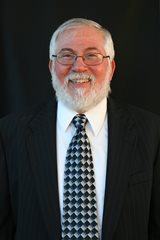 |
Bob Stevens
Bob has over fifty years of experience as a geotechnical engineer, and is now a principal consultant with Fugro USA Marine, Inc. He has a BS from Rutgers University, and an MS and Ph.D. from Duke University. He is a frequent contributor to the Offshore Technology Conference and the International Conference on Stress-Wave Theory. He has been a consultant on East Coast Windfarm Projects, including those offshore Block Island, Atlantic City, Virginia, and Maryland. He collected pile driving data for over 100 platforms in the Arabian Gulf, and in the Gulf of Mexico, Red Sea, and offshore California, Angola, Argentina, Colombia, Indonesia, Japan, Malaysia, New Zealand, Taiwan, and Venezuela. |
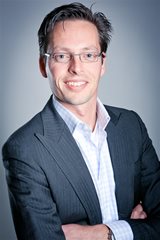 |
René Thijssen René is as geotechnical expert responsible for geotechnical risk management within Boskalis Offshore Energy. Having worked for an engineering consultant / geotechnical institute as well as contractors over the last 24 years, he has experience in a wide range of geotechnical engineering applications in the field of infrastructural, nearshore, and offshore projects. Since 2010 he has been involved in the offshore renewable industry in Design & Construct and Transport & Installation contracts. |
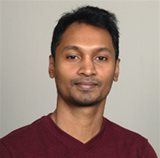 |
Asitha Senanayake Asitha is a senior geotechnical engineer at NGI. His areas of expertise include site characterization, analysis of deep foundations, and geotechnical data management. He has been involved in several US offshore wind farms projects in a variety of roles related to offshore site characterization operations, data interpretation, ground modeling, and pile drivability analyses. Dr. Senanayake is licensed professional engineer in the states of Texas and Virginia and holds a PhD in civil engineering from UT Austin. |
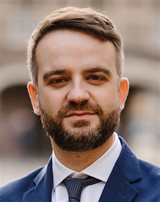 |
Federico Pisanò
Federico Pisanò, Ph.D., joined NGI in January 2023 as Manager of Offshore Wind USA. With a Ph.D. from Politecnico di Milano and post-doctoral positions at UC Davis and Politecnico di Milano, he later held a faculty position at Delft University of Technology in the Netherlands. His expertise in advanced numerical models focuses on offshore wind applications. Federico has authored 80+ publications, co-chaired the CPT’18 conference, and currently serves on various industry committees. Awards include the ISSMGE Bright Spark Lecture Award (2019), ICE David Hislop Award (2022), and the OTC-ASCE Best Paper Award (2024). At NGI, he leads a new team in Boston, supporting both consulting and R&D for the emerging offshore wind market in the USA. |
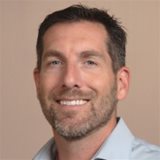 |
Dr. Zack Westgate
Zack is an Associate Professor of Geotechnical Engineering at the University of Massachusetts Amherst and a registered professional civil engineer with 18 years of experience consulting in the offshore energy sector, currently as a Principal Engineer with the Norwegian Geotechnical Institute. He has published on topics relating to site characterization, soil mechanics, offshore foundation engineering, pipeline/riser geotechnics, and most recently on the geotechnical behavior of glauconite sands. He is currently Chair of the SUT-US Offshore Site Investigations and Geotechnics committee, and serves on other industry committees focused on offshore energy. |
|
 Add this Event to your
Add this Event to your Add this Event to your
Add this Event to your
